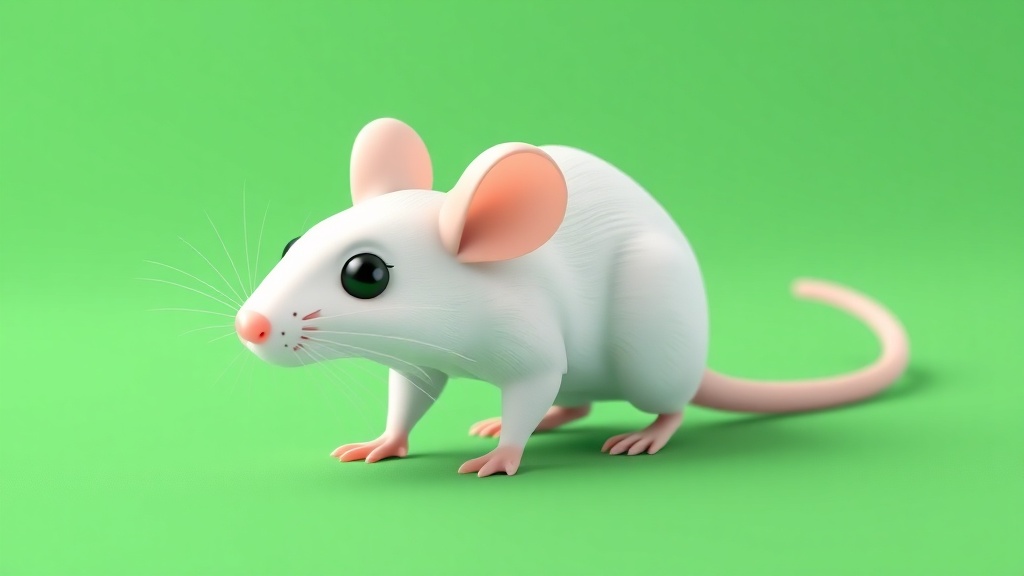Home / Science / UK Roadmap Outlines Plan to Phase Out Animal Testing in Science by 2030
UK Roadmap Outlines Plan to Phase Out Animal Testing in Science by 2030
11 Nov
Summary
- New funding and streamlined regulation to develop AI and 3D bioprinting alternatives
- Phasing out animal tests for skin/eye irritation, botox, and drug studies by 2026-2030
- Strategy aims to eliminate animal use in science where reliable non-animal methods exist

On November 11, 2025, the UK government announced a comprehensive roadmap to phase out the use of animals in scientific research and testing. The strategy, unveiled by Science Minister Patrick Vallance, aims to accelerate the development and adoption of alternative methods such as artificial intelligence (AI) and 3D bioprinted human tissues.
The roadmap outlines several key milestones to be achieved by 2026, 2027, and 2030. By the end of 2026, the government plans to end regulatory testing on animals to assess skin and eye irritation, as well as skin sensitization. In 2027, researchers are expected to stop using mice to test the strength of botox. By 2030, the use of dogs and non-human primates for pharmacokinetic studies, which track how drugs move through the body, will be significantly reduced.
The strategy emphasizes that phasing out animal testing can only happen when reliable and effective non-animal methods can provide the same level of safety assurance as current animal-based approaches. To support this transition, the government is providing new funding for researchers and streamlining regulations to facilitate the development and uptake of alternative technologies, including organ-on-a-chip systems and advanced AI modeling.
Barney Reed, the science and policy manager for animals in science at the RSPCA, welcomed the strategy, stating that it "sets a clear ambition towards eliminating animal use and supports increased access to the infrastructure, collaborations and resources required to facilitate the further development and uptake of non-animal methods."




